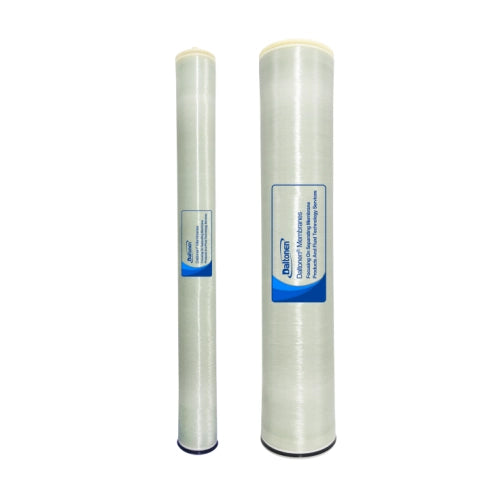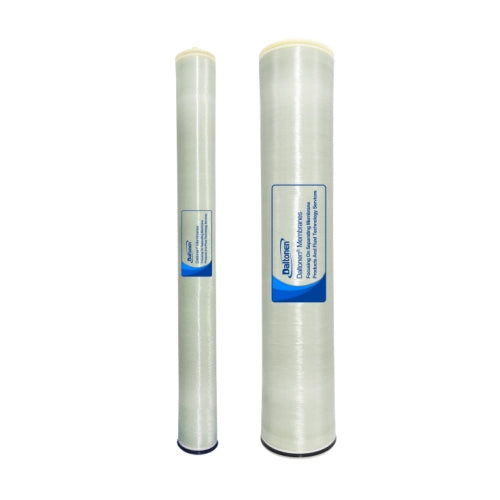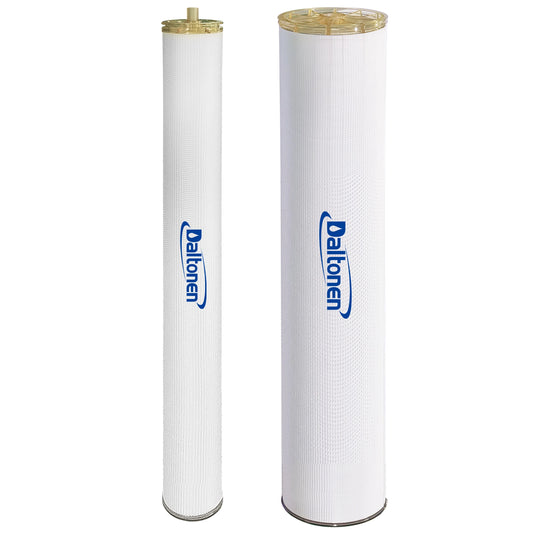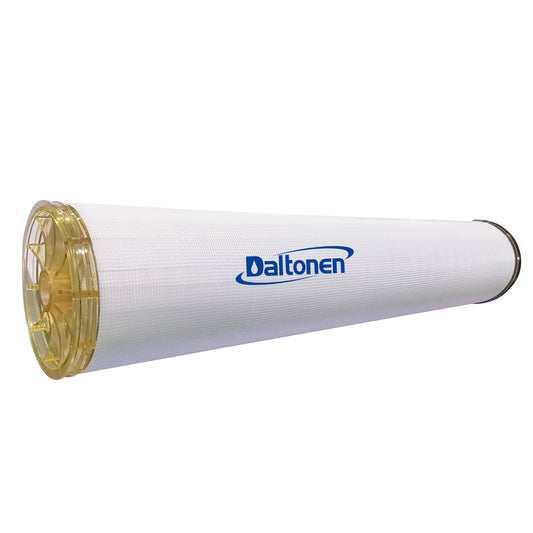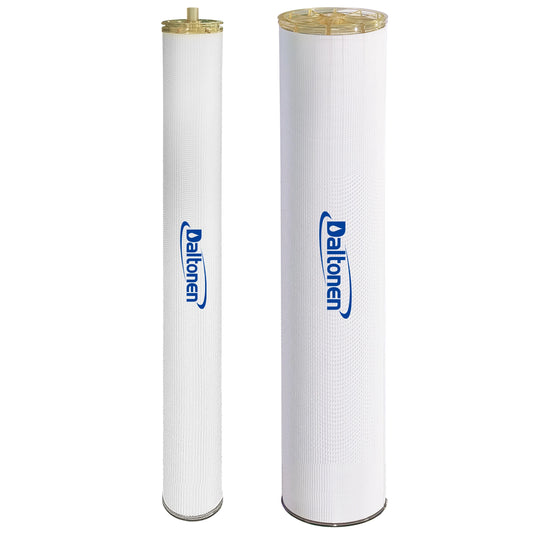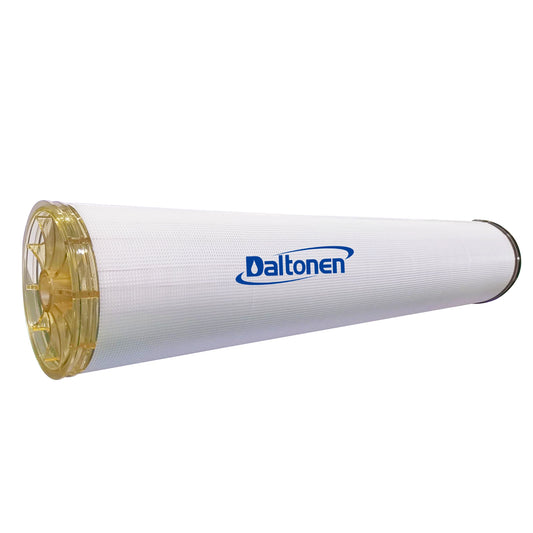Garbage leachate
Application of Membrane Technology in Leachate Treatment
Leachate refers to highly concentrated liquid formed during the physical, biological, and chemical processes of compression, burial, and fermentation of various wastes, combined with the infiltration of precipitation and other external water sources. This high-pollution leachate typically exhibits the following characteristics: 1. Diverse water quality components, 2. Complex and high levels of organic compounds, resulting in elevated CODcr and BOD5 due to volatile acids in landfill reactions, 3. High ammonia nitrogen content, 4. Numerous types of inorganic compounds, 5. Presence of multiple heavy metals.
Such highly polluted leachate can pose serious ecological risks. Membrane separation technology plays a crucial role in its treatment due to its high removal efficiency, simple equipment setup, ease of operation, and good stability.
Application of Membrane Separation in Leachate Treatment
Evolution of Membrane Separation Technology in Advanced Leachate Treatment
-
Initial Stage: Initially reliant on reverse osmosis (RO) with concentrated liquid recirculation.
-
Second Stage: Increasing focus on nanofiltration (NF) membrane applications where conditions permit, prioritizing NF over RO.
-
Third Stage: For zero discharge projects, employing RO membranes to explore solutions for concentrated liquid disposal.
Process Flow of Membrane Separation in Advanced Leachate Treatment
-
MBR System Output: MBR system produces effluent with high COD and total nitrogen concentrations. To meet discharge standards, advanced treatment involves nanofiltration or reverse osmosis for enhanced water quality.
-
Advanced Treatment Processes: Depending on specific project requirements, using nanofiltration, reverse osmosis, or a combination of both.
-
Treatment of Concentrated Liquid: Concentrated liquid generated requires separate treatment.
- First Approach: Biological effluent (MBR) → Nanofiltration membrane (NF) → Effluent.
- Second Approach: Biological effluent (MBR) → Reverse osmosis membrane (RO) → Effluent.
- Third Approach: Biological effluent (MBR) → Nanofiltration membrane (NF) → Reverse osmosis membrane (RO) → Effluent.
Currently, exploration continues for effective leachate treatment, often employing combined processes to achieve optimal results. Combination processes are selected based on the characteristics and treatment efficiencies of individual technologies. Dalton membranes advocate for the third approach, "MBR + Membrane Advanced Treatment (NF/RO)," as an ideal fusion of biological and membrane technologies. This approach not only simplifies the process with a short commissioning period and easy operational management but also offers low investment and operating costs, ensuring high cost-effectiveness.
